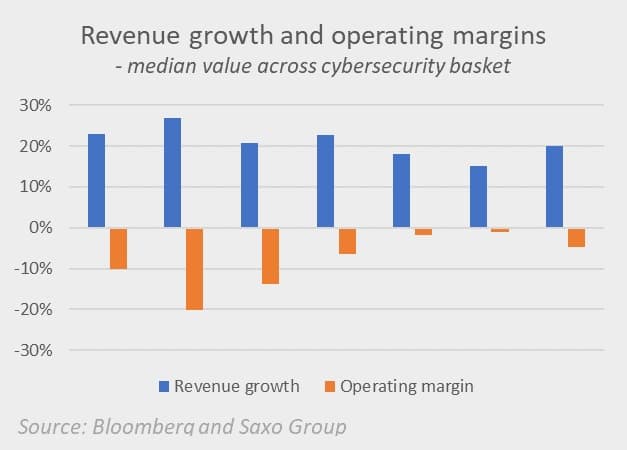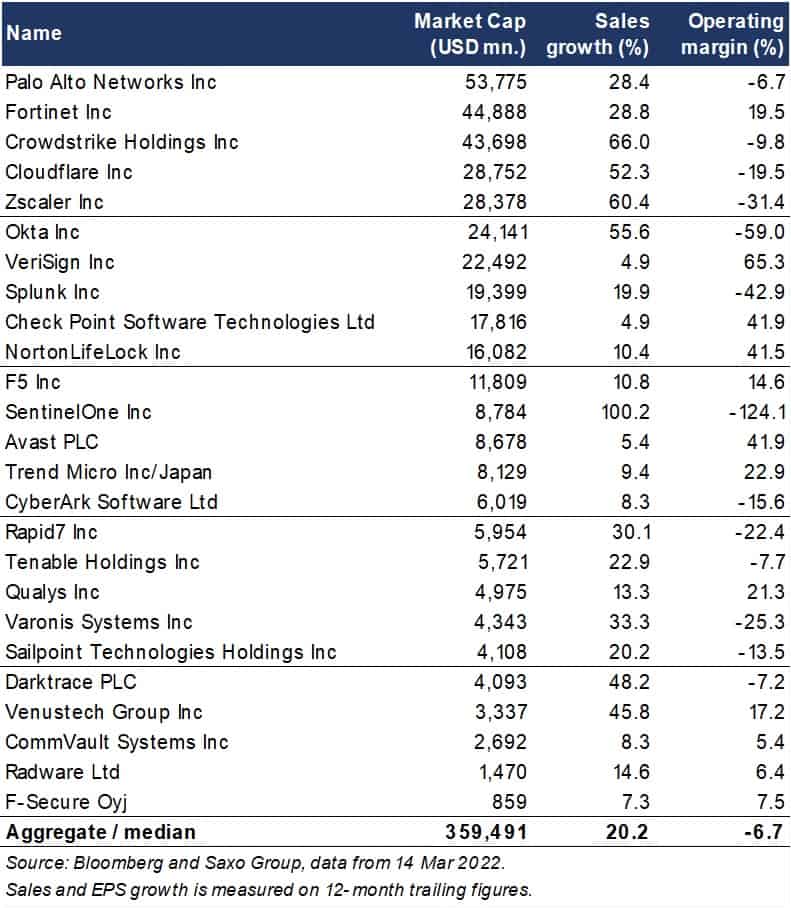In the weeks prior to the invasion of Ukraine, the country was hit by multiple cyberattacks. On February 15, major websites of the defense ministry, army and two of Ukraine’s largest banks were down. A more severe attack on February 23 also took down multiple government websites, as well as placing data-wiping malware on computers belonging to multiple Ukrainian organisations. And after the invasion began, the number of cyberattacks over the following 48 hours increased by more than 800 percent.
Following a request from Ukraine, EU sent its Cyber Rapid Response Team to assist. The intention is of course to assist Ukraine in securing critical infrastructure, but it’s likely also aimed at avoiding spill-over effects to the global digital infrastructure. As we saw in June 2017 with one of the most severe global cyberattacks, NotPetya, a well-organised cyberattack can do extensive financial damage. The attack was primarily targeting Ukraine with around 80 percent of its hits targeting ministries, banks and transportation infrastructure. Large logistics companies such as Maersk and FedEx were also affected, and the estimated revenue loss was $200-$300 million and $400 million, respectively.
Cyber defense boost
The invasion of Ukraine was a wake-up call for nations to reinforce their cyber defenses, especially within their critical infrastructure such as transportation networks, the health care system and important supply lines. In many countries the majority of the critical infrastructure is owned by private companies, which do not always meet the required standards for cyber defense. One notable infrastructure cyberattack was against the largest fuel pipeline in the US, the Colonial Pipeline; all pipeline operations had to be halted to contain the attack.
Because of the invasion, governments have called on organisations to bolster their cyber defenses against online attacks, with Britain’s National Cyber Security Center and the US Cybersecurity & Infrastructure Security Agency as examples. The latter is stating that “while there aren’t any specific, credible, cyber threats to the US, we encourage all organisations—regardless of size—to take steps now to improve their cybersecurity and safeguard their critical assets.” The US Senate also followed this by passing a bill requiring critical infrastructure operators and federal agencies to report cyberattacks within 72 hours and ransomware payments within 24 hours.
Industry growth
The volume and complexity of global cyberattacks were already growing prior to the invasion. According to a report by Coro, the number of cyberattacks against small-to-medium businesses has increased by 150 percent over the past two years, and the companies’ defenses have not grown accordingly. One issue is a shortage in workforce, which needs to grow by 65 percent for organisations to be able to sufficiently defend their critical assets, according to research among cybersecurity professionals by (ISC)2.
The cybersecurity industry is a rapidly growing industry. Over the past couple of years, the companies have in general had large revenue growth rates, as shown in figure 1 below. However, more than half of the companies reported a negative operating margin every year, measured over 12-month trailing figures. The cybersecurity industry is clearly an industry where growth has been prioritised over profitability, and it is undergoing a rapid consolidation with many of major cybersecurity companies acquiring smaller players. This is expected to improve profitability over time.
The evolution in global digitalization demands an equivalent increase in cyber protection, and with the growing volume and complexity of cyberattacks, we expect the cybersecurity industry to continue to show high growth numbers relative to the general equity market.
Anders Nysteen is a Senior Quantitative Analyst at Saxo Bank.
The opinions expressed are those of the authors and may not reflect the editorial policy or an official position held by TRENDS.










